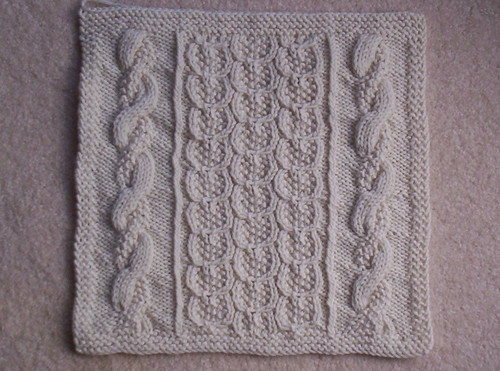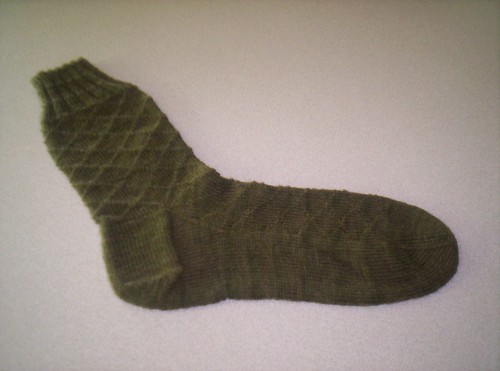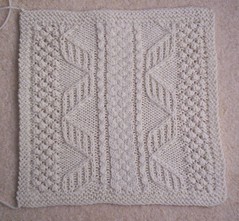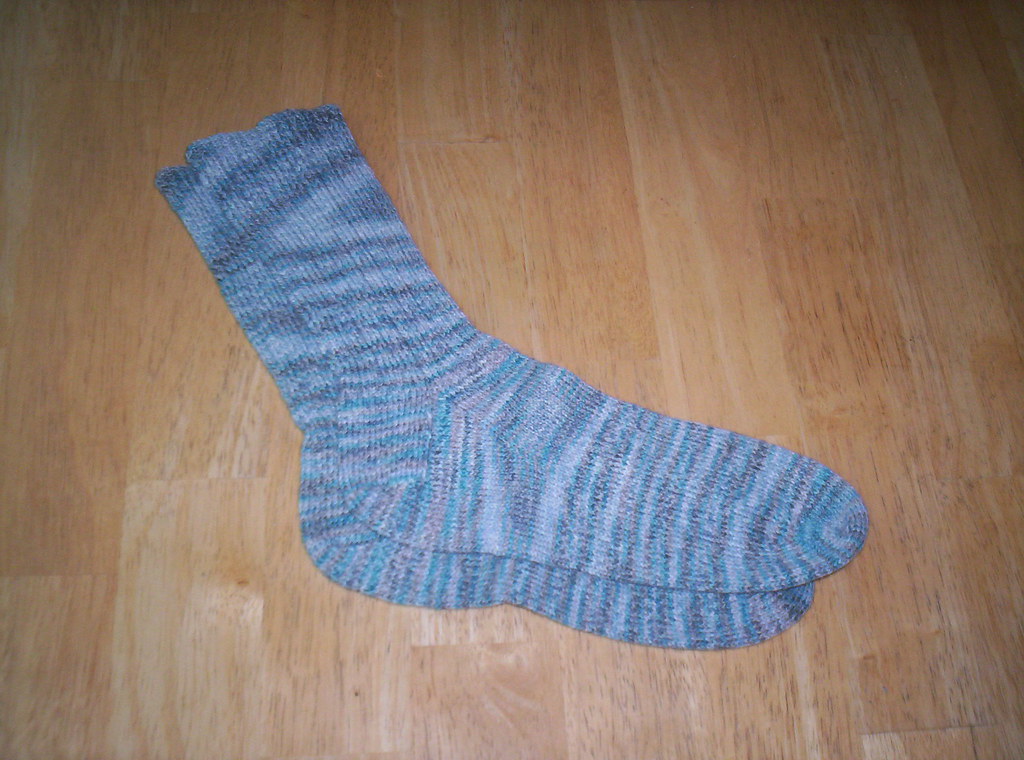Isn't the seed stitch pretty on the Ann Strong square?

This is supposed to be one of the five easiest squares. I kept forgetting to purl through the back loop on the wrong side for the two columns of twisted stitches. I also made a lot of knit vs. purl mistakes on the wrong side rows because of the seed stitch, but they were easy to see and fix on the following row.
Fidgety business:To feed the consistency hobgoblin, I worked the upper and lower borders on 54 stitches like my other squares worked on #7 needles; I ended the border on a RS row and worked a WS foundation row (last row of each chart). The large side cables ended up due for a twist on the first row of the top border, so I worked some of the decreases as cable decreases. But if I were knitting this square a second time, I would center the side cables vertically instead by working the twists on rows 7 and 17 instead of 5 and 15. It doesn't keep me awake at night the way it is, so I left it. (You think I'm joking? Sadly, I have in fact had knitting-induced sleepless nights.)
By the way, wrapping up the Sea of Despair socks (literally and figuratively; I gave them to my Mom for Mother's Day) sent me off on a sock-finishing bender. I knit a complete pair of DK-weight Opal stockinette men's socks in four days, finished a toe-up variation of CookieA's Mingus for myself (more on those later), and pulled a pair of diamond-brocaded socks based on a Nancy Bush pattern out of hibernation to finish for my husband:

I promise there are two of them, but he was leaving for a business trip just as they finished drying after blocking, so I let him take them before I could get a photo of the pair. He finished teaching his spring semester classes and immediately skipped the country. Maybe he'll model the new socks when he gets back.


